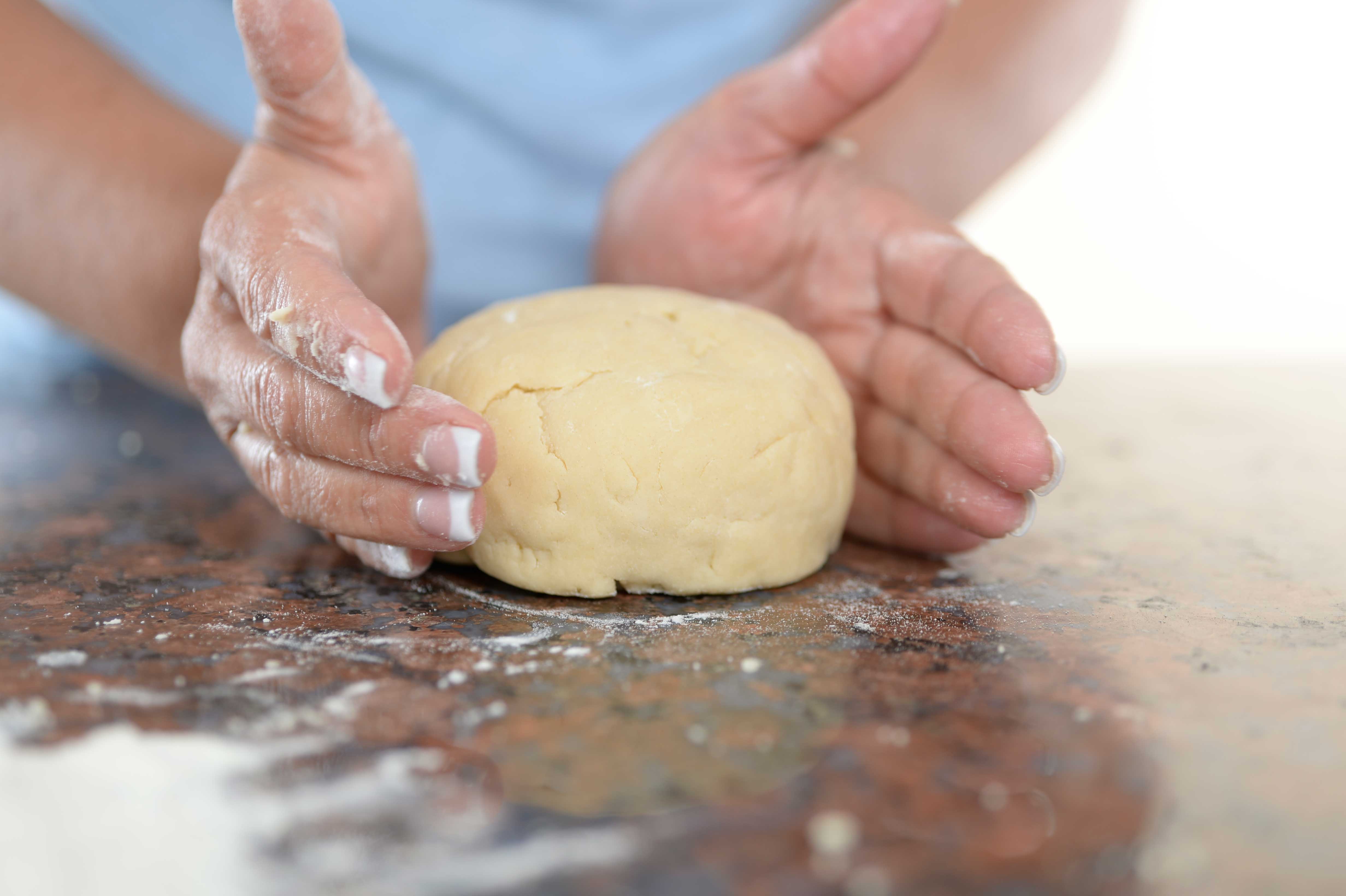Food & Lifestyle
Updated: June 13, 2019
Homemade Pie Crust? Sure!
It’s summer, which means it’s hot, and we often find ourselves in search of lighter foods. But who says you can only eat fruit and drink iced coffee? This summer, give galettes a try. They’re light, savory or sweet, and super simple to make. You can even make your own crust! [I laughed when I was told that too, don’t worry.] But really, it’s easy, and will make any galette 10x tastier!
Our first galette of the summer is a Goats Cheese, Leek & Blackberry Galette from Tanya’s Kitchen. It’s sweet and savory, combines creamy, sweet and earthy flavors into one simple and delicious recipe you simply must try. (Click here for the recipe)
Convenience vs Taste
Yes, I’m fully aware that purchasing a pie crust from Foster’s is so much easier than taking out the flour and butter and mixing your own dough. But what if I told you that you could make your own pie crust, roll it out, and lay it in a 9-inch pie pan and freeze it for the next time a delicious home-made galette is calling your name? When you freeze your from-scratch pie crusts, you can get that home-made flavor anytime you like!
You’ll thank us later, trust me.

Choosing the Right Ingredients
Choosing the right ingredients is key to making the perfect crust, and understanding the proportion of flour to fat to liquid, along with the ideal technique, will leave you with a wonderfully flavorful and flaky crust that carries, and compliments, the flavors of your galette.
Let’s start with choosing flour. You can make a pie crust with several types of flour, but the lower your flour’s protein level, the more tender your crust will be. Cake flour has a protein level of about 8% which will yield a nice, fork-tender crust. All-purpose flour has a protein level of about 11% and will yield a crust that is moderately tender. If you’re just starting out, I would recommend using all-purpose flour as the dough will be easier to handle and is less delicate.

Now let’s move on to fats. What is a fat? Butter. Shortening. Lard. Oil. The solid fats will yield tender, flaky crusts, while the oil will make your crust more tender than flaky. If you choose a solid fat, make sure it’s cold! The cold helps keep the fat solid which, when baking, increases your chance of flakiness. Which fat do I recommend? Butter! All butter crusts are so flavorful and really help to elevate your overall taste.

Quick Tips!
When kneading your dough, flour your surface so your dough stays together and doesn’t stick to your counter.


Ready to give it a try?
Click here to view the recipe and put together your shopping list.
Happy light and refreshing summer eating, folks!
